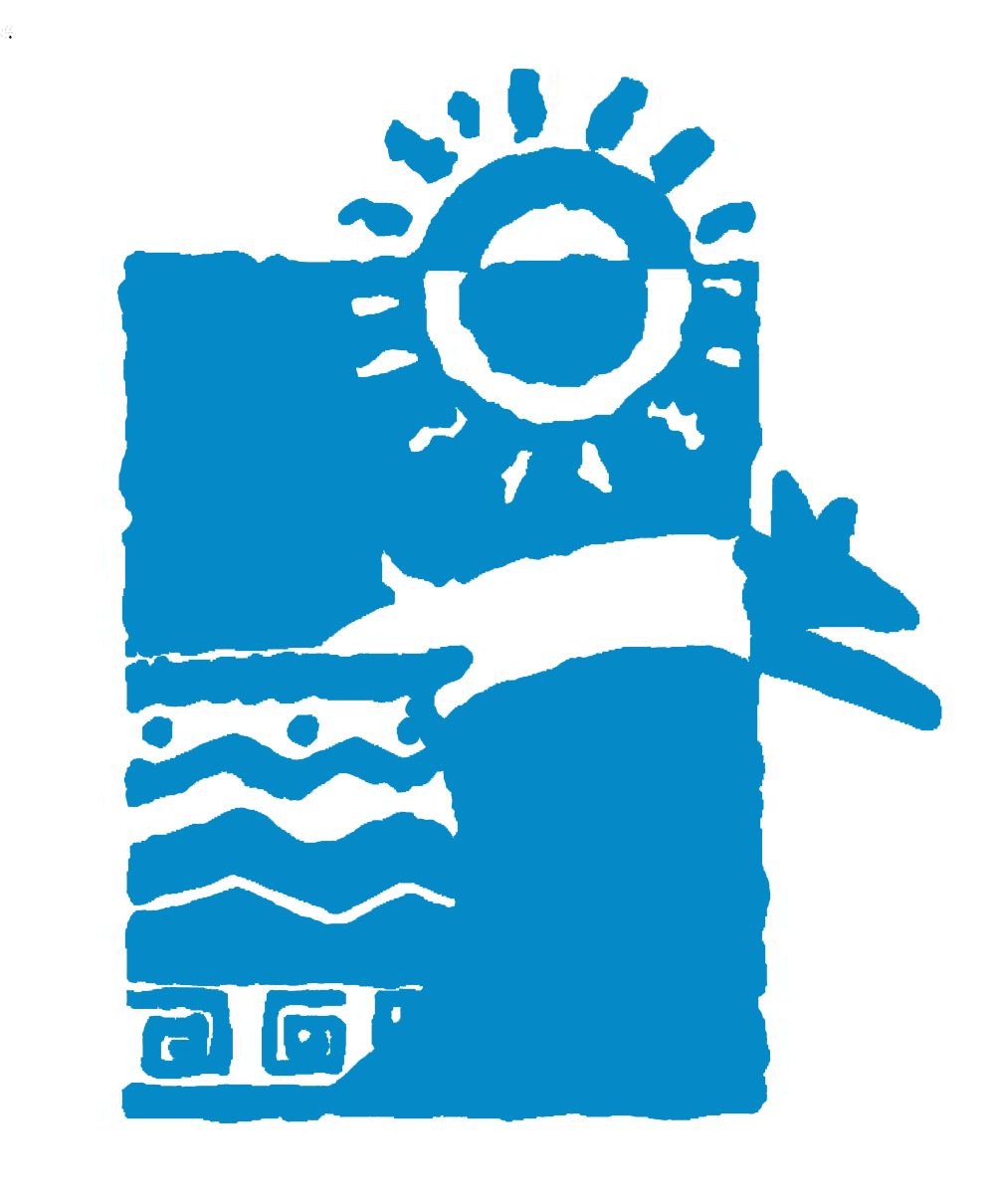[Source: Sonoran News.com] – J. Scott Wood, Tonto National Forest Archaeologist and Heritage Manager was nominated by two chapters of the Arizona Archaeological Society (AAS) and selected to receive their prestigious Professional Archaeologist Award for 2011. Ron Robinson, outgoing President of the AAS will present Scott with this award at the AAS State Meeting, held October 14-16, in Benson, Arizona at the Cochise Community College-Benson. The official presentation will be Saturday, October 15th, following a member dinner and silent auction.
An MA archaeology graduate from ASU, Scott has worked at Pueblo Grande Museum and at the ASU Office of Cultural Resource Management. His career with the Forest Service began 35 years ago and he is widely considered an expert on the Tonto National Forest, particularly because of his knowledge in ceramics. He has authored and co-authored dozens of publications and articles and his book, Checklist of Pottery Types for the Tonto National Forest is referenced all over the world.
Scott is currently an AAS member and professional consultant for both the Desert Foothills Chapter (DFC) in Cave Creek and the Rim Country Chapter (RCC) located in Payson. Scott has taught AAS workshops, held field schools, lectured at seven state-wide chapters and led hikes to areas of member interest. He has involved AAS members in various professional projects including a recent partnership with ASU students and Professor David Abbott, where, under Scott’s direction, DFC members gathered Hohokam pottery on Perry Mesa and then sorted the ceramics for further study. DFC President Paddi Mozilo says, “Our success as a chapter is due to Scott’s ongoing and enthusiastic support and advice; he has given all our members a deeper appreciation and involvement in the field of archaeology.”
In addition to his extensive AAS volunteer schedule and his duties as a Tonto Forest Archaeologist, Scott has many state-wide site interests. He has trained the vast majority of site stewards in the Site Steward Program, developed by the Arizona State Parks Department. He is involved in the protection and conservation of many rock art and archaeological sites around the state, recently collaborating with the City of Payson to develop the Goat Ruin Site as a public attraction. RCC President Evelyn Christian is grateful for the chance to have its members be a part of the survey, stabilization and protection of this site. She believes that, “without Scott, this site would not have gotten the attention and protection that it merits. He is leading Payson’s efforts to prepare this site for future public education and enjoyment.”
AAS State President Ron Robinson is pleased to be able to present Scott with this award. He notes that Scott attends all of the AAS State Meetings and goes out of his way to make himself available to members for questions and discussion. “Scott’s knowledge and expertise have made him an invaluable contributor to the growth and education of all AAS members. We hope that this award will demonstrate how much we appreciate him and all he does on our behalf.”
The AAS is an independent and non-profit organization with twelve chapters and over 600 professional and avocational members. The goals of the AAS are to foster public awareness, interest, research and conservation of Arizona’s rich archaeological heritage, with special emphasis on protecting these scarce resources. AAS members enjoy lectures, classes, hikes and certification training in different facets of archaeology. Please check the AAS website at www.aarchsoc.org for more information and to find a chapter near you.
